Alive and Useful: The Art of Olesya Gonserovskaya
Olesya Gonserovskaya (b. 1987, Leningrad) is an interdisciplinary artist exploring ecology, psychology, and anthropology through multi-component projects at the intersection of traditional and new media. Her installations, videos, performances, and objects create a space for the viewer’s personal experience, where cultural codes and symbols are reinterpreted and given unexpected readings. For Gonserovskaya, the democracy of materials and meanings is essential, and art is understood as a form of social care and “humanitarian work” expressed visually — with a sense of humor, without ready-made answers or predetermined scenarios.
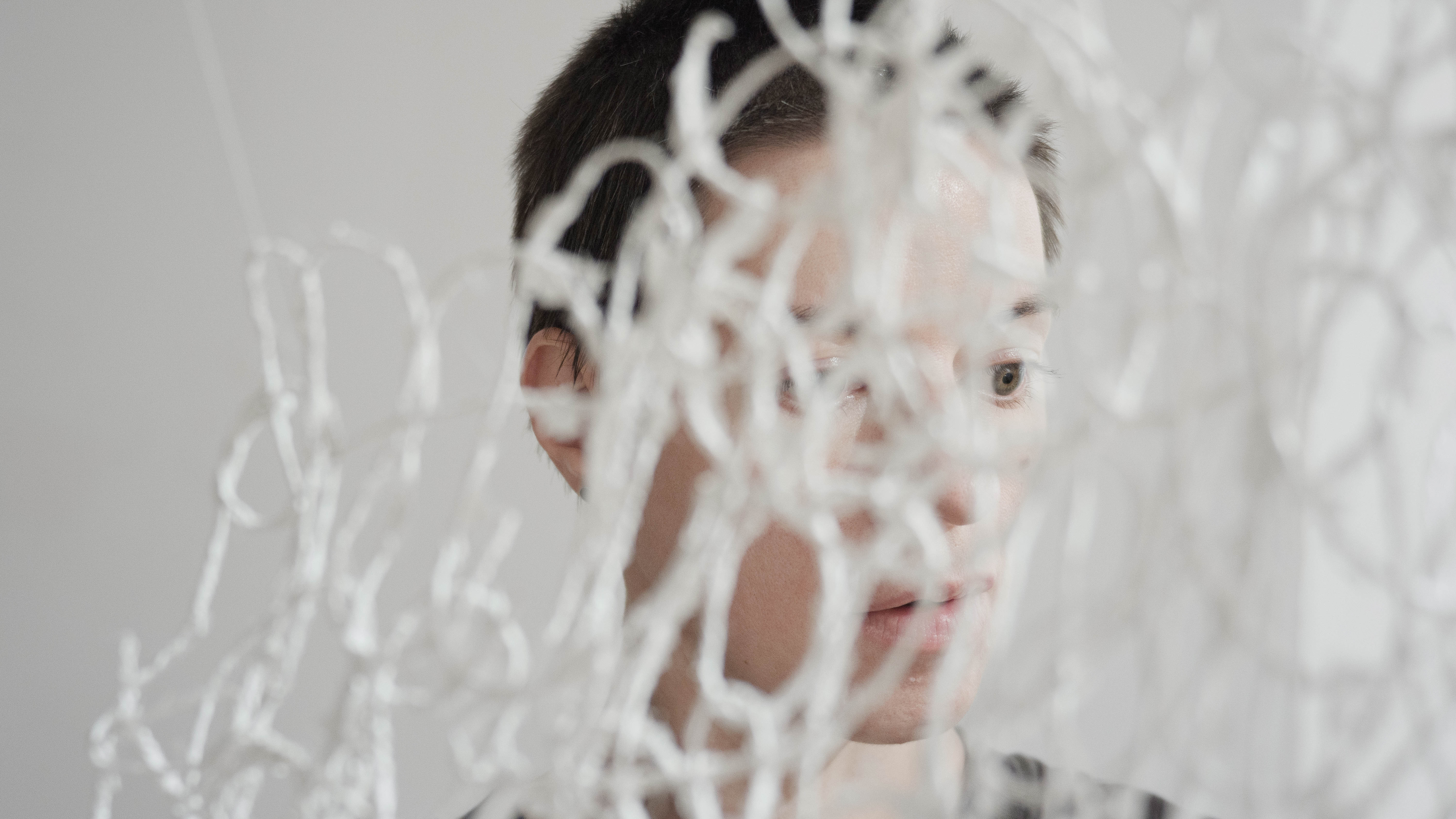
— How do you currently describe your artistic practice?
— I work as an interdisciplinary artist. My projects bring together painting, drawing, and monumental forms — for example, murals on large walls or architectural objects. I have a formal education in monumental painting, which is a field that combines art and architecture, creating large-scale compositions designed to interact with space. Today, my work develops in the field of sensual drawing and painting. I explore the body, relationships, and emotional states. My imagery often balances between abstract and recognizable forms — this allows the viewer to build their own meanings.
— What is important to you in your work?
— It is very important for me to leave space for the viewer — so that the work doesn’t dictate, but invites them to feel, to experience, to recall something of their own. I love the tactile qualities of materials — I work with paper, ink, acrylic. Sometimes I create series of small graphic works, and sometimes large-scale canvases or multidimensional, layered projects.
How would you begin to speak about your principles in art? What is most important to you in your practice? Why did you choose this particular artistic language?For me, the most important thing is honesty in the work. I want each piece to have meaning, to be born not simply as an image, but as the result of experience and reflection. I have no desire to create something for external effect — it’s essential to me that the work stays alive, that it leaves room for the viewer and their personal story. My language developed because I have always wanted to speak about feelings, about the body, about fragile moments — but not in a literal way. I aim for my imagery to remain open to interpretation, so that everyone can see something of their own in it.
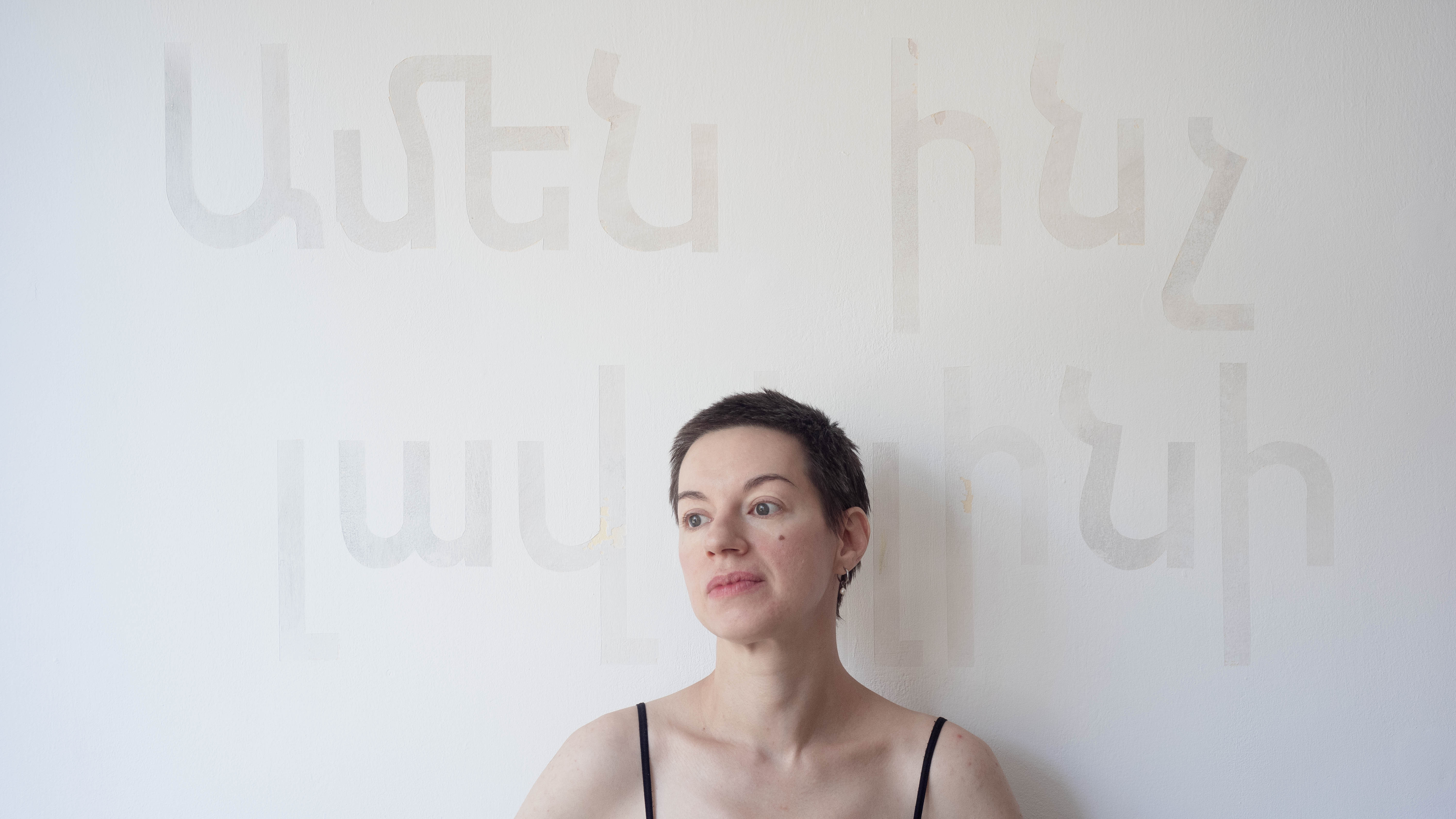
— What does “alive” mean to you in a work?
— “Alive” is when you don’t know exactly what the outcome will be. When the material behaves in its own way, that becomes part of the process. For example, ink that spreads beyond your control. I want the work to have the chance to be born through dialogue. When everything is predictable, it’s no longer interesting. I care about that moment of the unexpected, when the work itself starts to breathe. That makes it truly real. “Alive” is what isn’t predetermined, what doesn’t offer an obvious, banal answer. It’s the material or image I engage with during the process, and whose result I can’t fully know at the start. “Dead, ” for me, is what is too obvious, too simple. Like 2+2=4 — there’s no challenge in it, no opportunity to reassemble meaning.
— What aspects are important to you in your artistic practice?
— The first is dialogue with the material. It’s important to me that the material feels alive, that it behaves in an unpredictable way. For example, I love ink when it spreads out and seems to choose its own form. But even when the material isn’t alive, I like when it imitates will — when it seems as if it contains movement or life. Another important theme for me is reworking, remaking, and reuse. I see humor in this, and probably something more that I haven’t fully formulated yet. And the third is usefulness. I often think about how a work shouldn’t just be an artwork, but should bring some kind of benefit. Maybe that’s a rough word, but it reflects what I’m aiming for. Not usefulness in the narrow sense of ecological benefit, but in a broader sense — usefulness for people, for society.
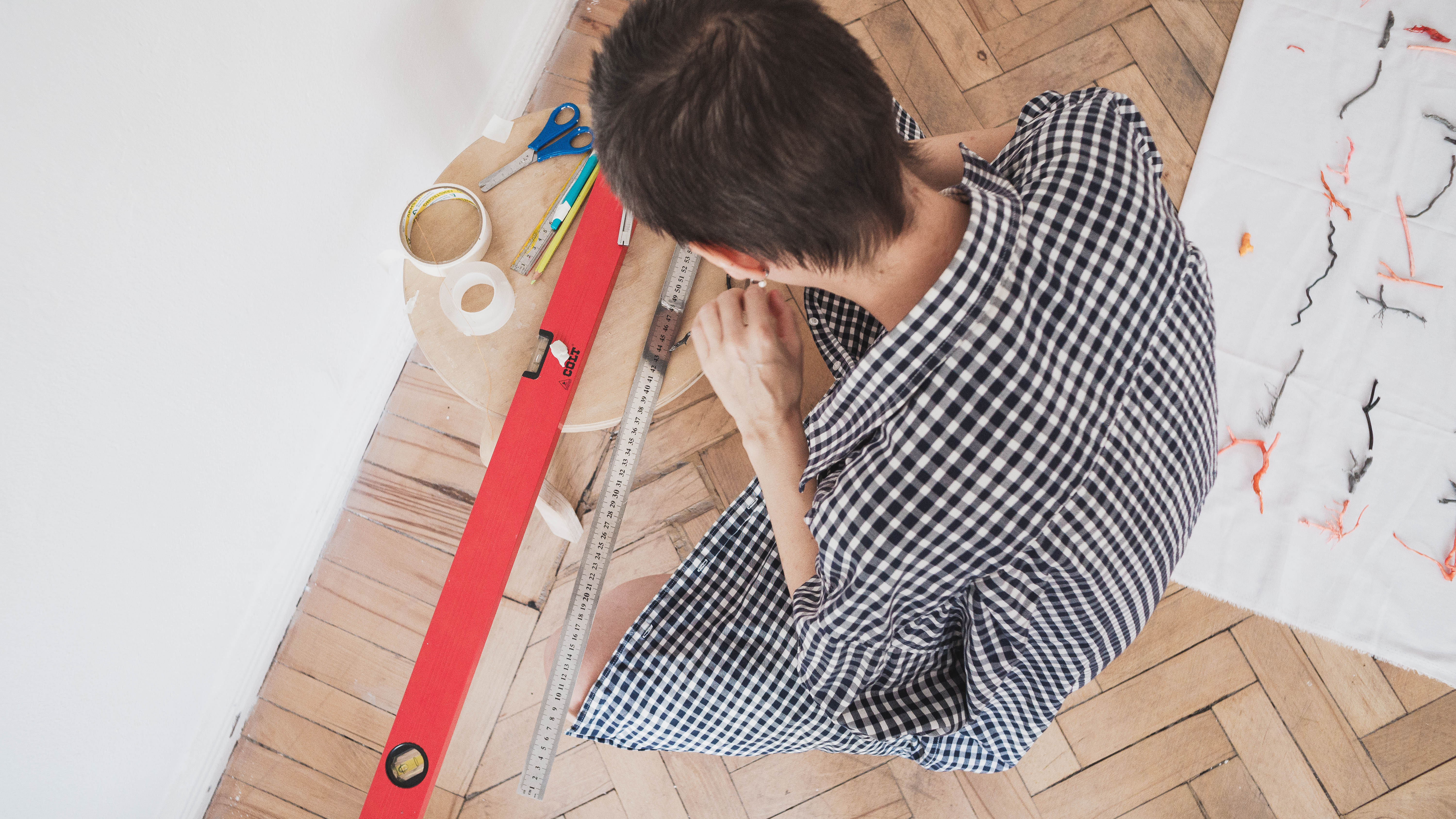
— How do you define the word “usefulness” for yourself?
— For me, usefulness is when you do what needs to be done, what no one else would do. It’s something like humanitarian work, but expressed visually. It can be about normalizing something, mocking one thing and supporting another. Or about starting a conversation on an important topic. Art for me is a soft force that gives a person the possibility of choice, rather than dictating a ready answer. I try to create a reason for internal work, so that the viewer can engage and experience something. It’s not about instruction — it’s about discovery and dialogue.
— Which project in your practice reinforced this theme of usefulness for you?
— That was the project about the catalogue of rains. It’s on my website — it was originally a mural project, but in the end remained as a mockup (visualization). I remembered how as a child I heard these old names for types of rain — strange, beautiful names. Now almost no one uses them. I started researching these names, translated them into Morse code, and visualized them as points of light. Morse, for me, is a way to speak both to those who see and those who don’t. It’s a way to remind us that we seem to live in one society, but everyone has their own way of perceiving.
— Can you describe your method — would you say working with recoding symbols is part of it?
— Yes, I think it’s more of a device or an approach. I’m interested in translating one language into another — to offer a chance to see the familiar in a new way. I like that a familiar code first gives you the feeling that you understand what it means. And then it turns out that there’s a different meaning hidden behind it, and you have to rebuild your perception. It’s a way to show the complex through the simple. I love that moment of transition, when the viewer recognizes something familiar, and then suddenly sees something new behind it. It gives a double experience — both recognition and discovery. And there’s something playful in that, which is close to me.
— What contexts or cultural codes most often appear in your work?
— For me, there’s no big difference between contexts — it could be post-Soviet themes, Christian references, or mythology. What matters is that it’s what I call a “rich substrate.” A cultural field where others have already walked, so I can enter and try to do something new there.
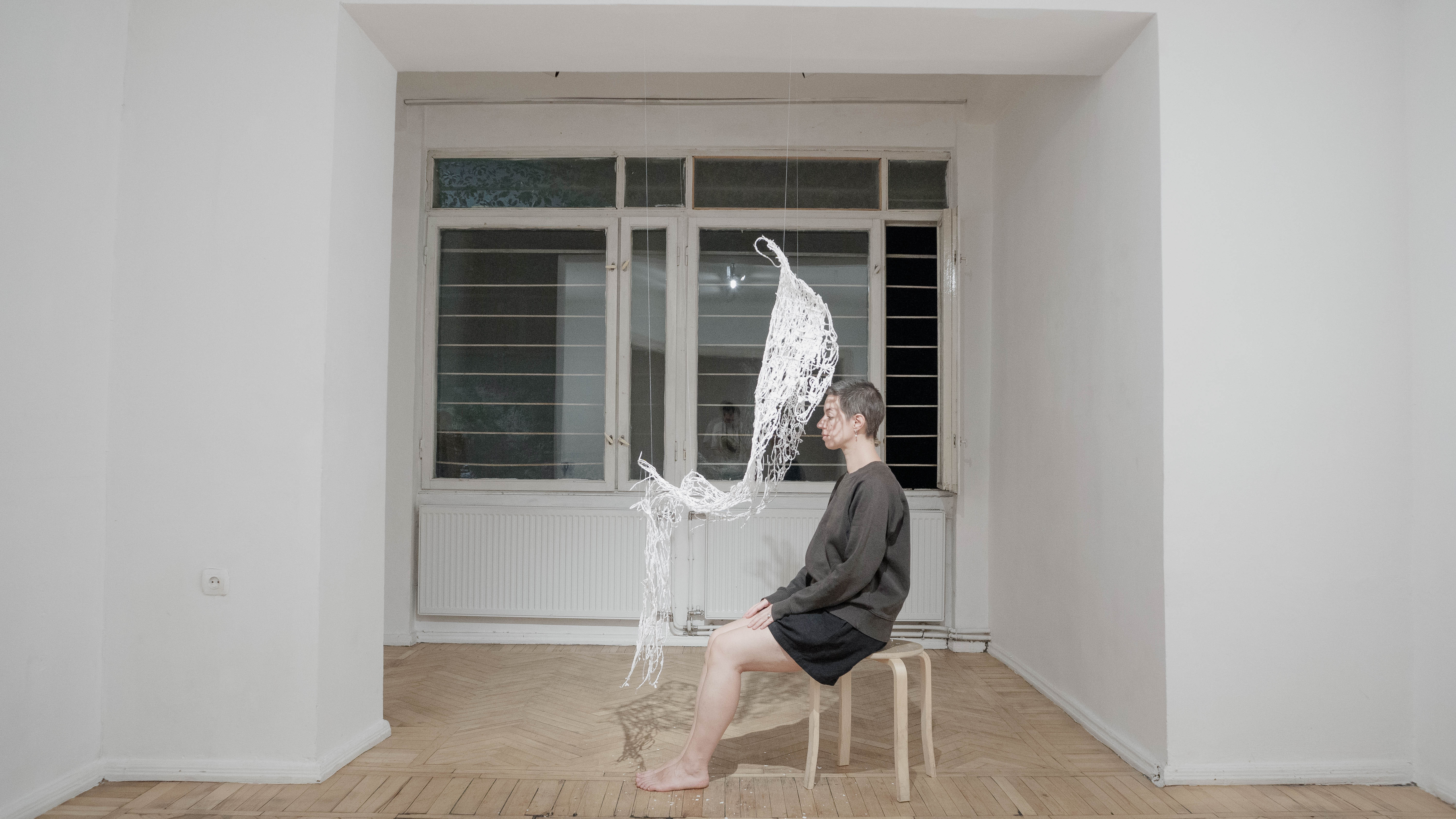
— Olesya, you are truly an interdisciplinary artist. Which three main disciplines would you highlight in your practice?
— If I had to name the disciplines I focus on, I would say anthropology, ecology, and what could be called visual studies. Anthropology for me is about interest in how cultural codes, symbols, and traditions work, how they are reassembled and read in the present. Ecology is not just about nature or sustainability in the narrow sense — it’s about reuse, dialogue with materials, and responsibility toward the environment. Visual studies is my way of looking at the world through images, texts, signs, and trying to build new statements from them. All this comes together in projects where it’s not just about techniques, but about the process of reflection and interaction with the world.
— Why do your projects seem site-specific (connected to a particular place)? Was that an intentional choice from the start, or did it develop over time?
— It developed gradually, I think. My website is relatively new, but some of the projects are older. I deliberately chose not to show very early works, so that what remains is closer in spirit to what I do now. It seems to me that the place always participates in the work — through the plants, objects, rhythms, atmosphere. It sets the environment, and you can’t separate either the material or the idea from it.
— What recent project feels most significant to you right now?
— The residency in Riki Buri made a big impact on me — it was a large three-month residency, and I had time to rethink and rework many things. Or, for example, the recent residency in Montenegro — it was short but very intense. For the first time I managed to bring together drawing, video, and kinetic sculpture in one space.
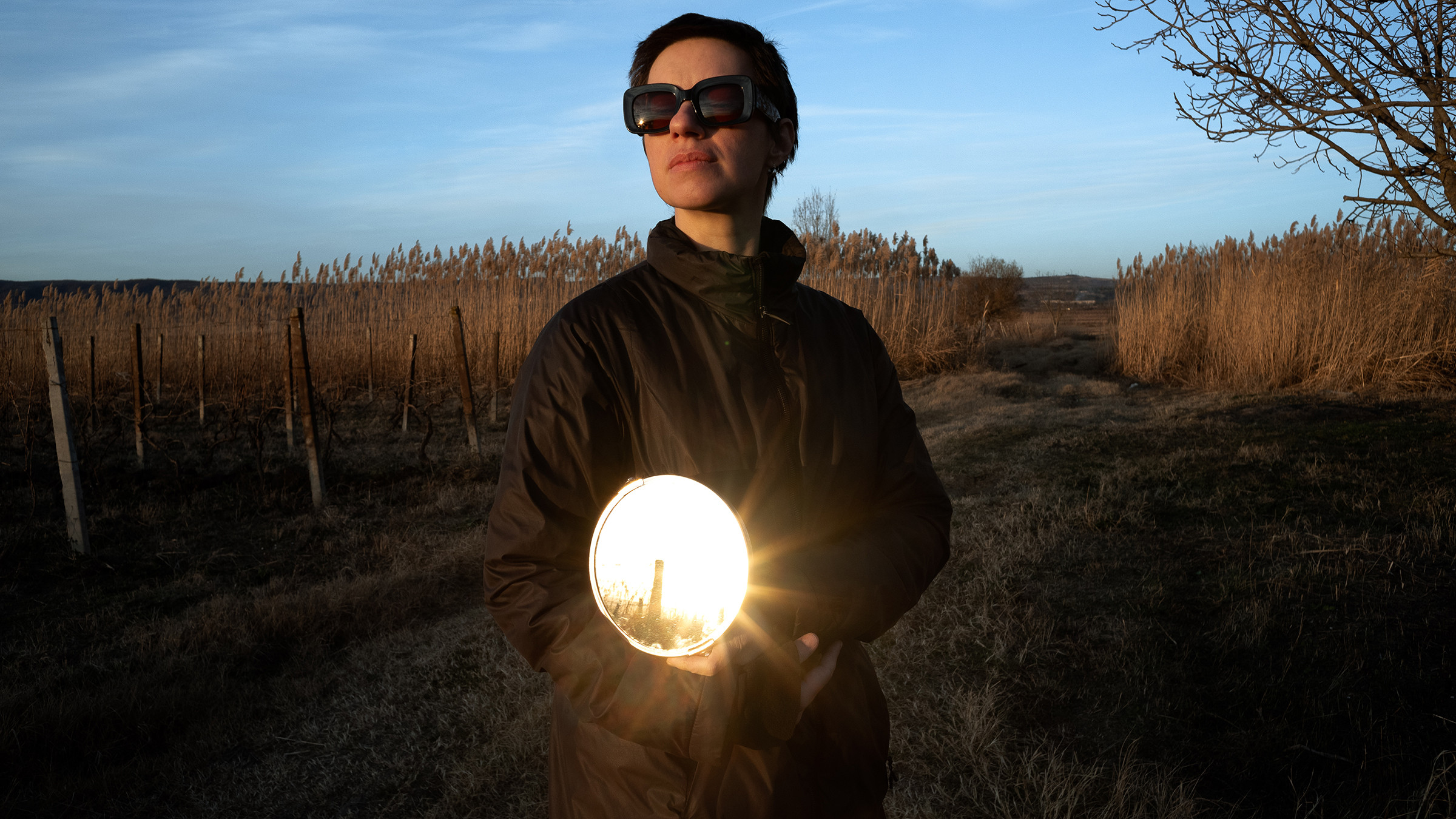
— Are there other residencies that were important for you in terms of what they gave back?
— There were short trips — for example, to Kolomna, but that wasn’t really a residency, more like working weekends. The Urban Camp in St. Petersburg was also more of a platform for exchanging ideas with architects, sociologists, people from related fields. It was interesting, but there was almost no time for deeper work. The most meaningful in terms of immersion were Riki Buri and Montenegro — they gave me space not only to create but also to reconsider what I do. Those projects left a mark that I continue to rely on.
— What would you like a viewer to take away after experiencing your projects?
— I would like the viewer not just to look at the work, but to live through a small personal experience with it. I hope there’s usefulness in that — in the broadest sense of the word. Not usefulness as in a lesson or instruction, but as a chance to feel something, to reflect, to shift something inside. I hope my projects give room for this choice and for personal meaning. And that they leave the feeling of soft strength — when art doesn’t demand, but invites.
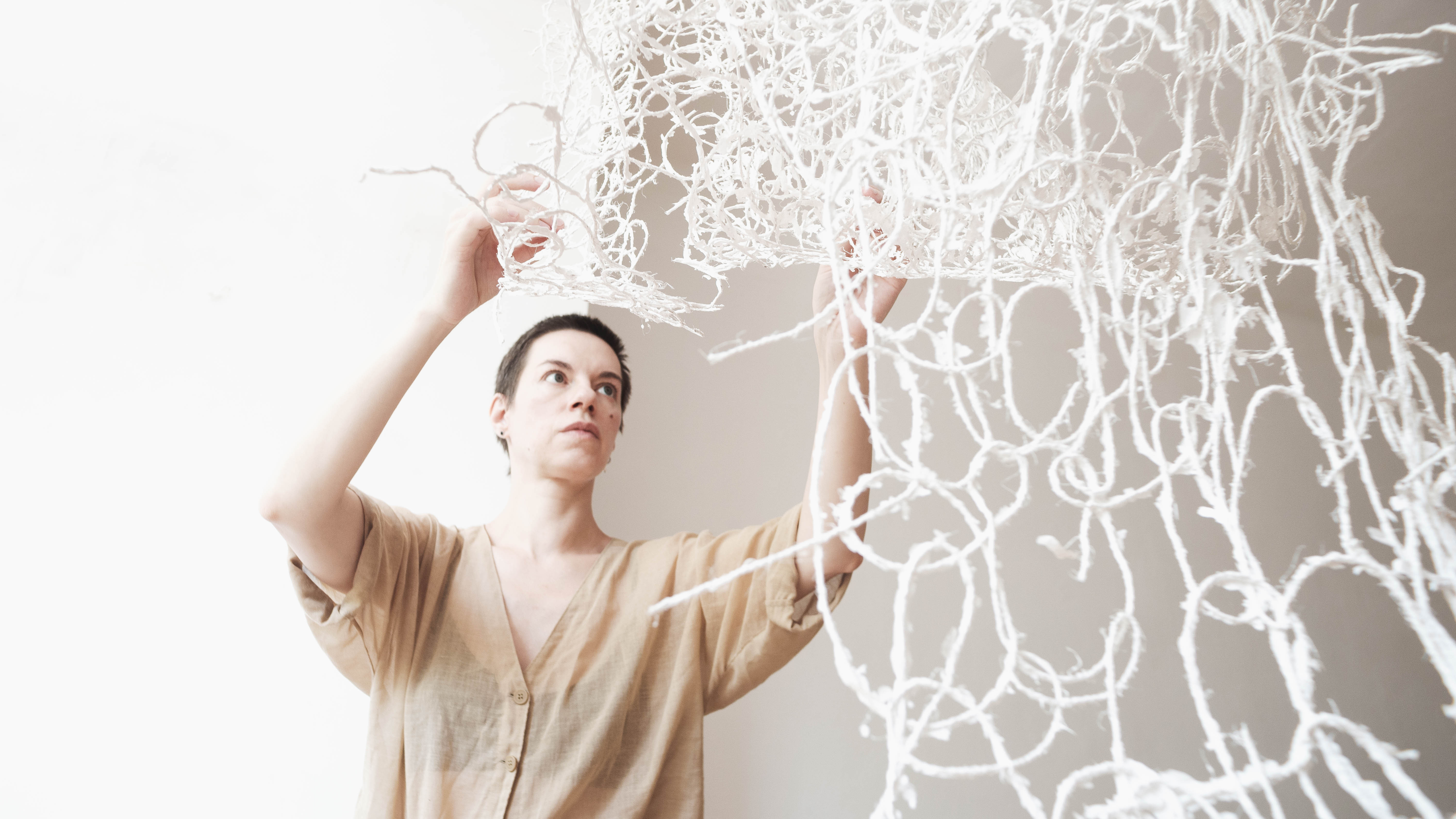
Photographs by Dmitry Koldyaev
